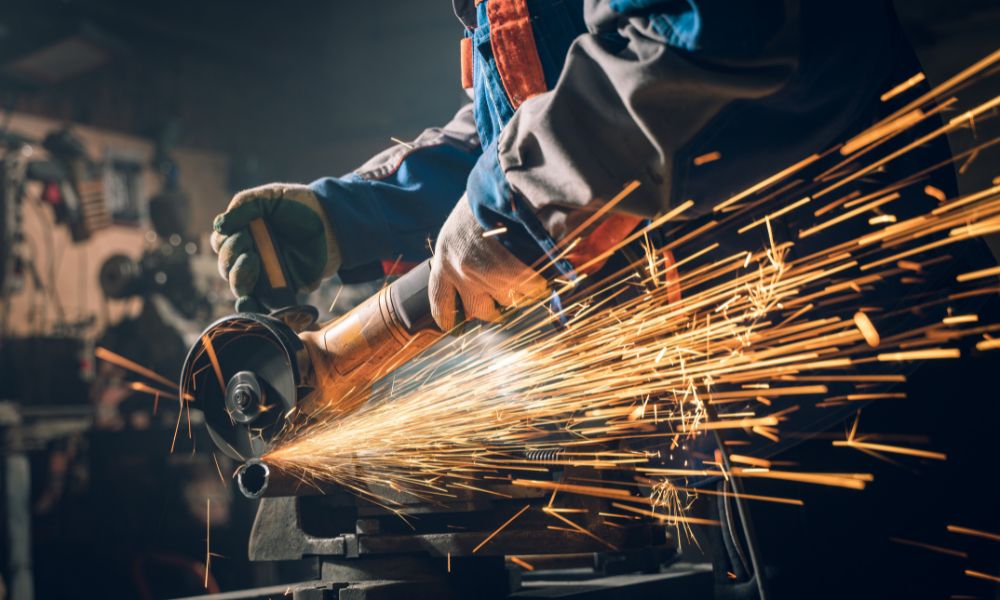Metalworking machinery plays a significant role in much of today’s industrial demands. But an area that causes a lot of grief to managers and businesses is overall indoor safety and protocols. An opportunity for leniency can be the difference between facility shutdown or improved production rates. Here’s a closer look at a few techniques to help keep your facility in good standing.
All Team Members Need Adequate Gear
Regardless of primary role objectives, it’s vital to the work environment, company, and employee safety that all team members have adequate gear. This may include safety goggles, steel-toed boots, and a work uniform that protects their personal garments.
It’s advantageous to financially assist or provide job-related gear to staff to ensure everyone has a fair shake at protecting themselves. Also, consider a stipend for footwear or any other job-appropriate elements that employees would like.
Adhere to Indoor Storage Protocols
A facility with heavy-duty metalworking machinery will require additional storage spaces for things such as fluids, spare parts, and machining components. This storage space should adhere to all indoor storage protocols for a facility and house each element according to best practices. Things like fluids and highly flammable lubricants will remain a sore spot for management if they don’t adhere to the fluid’s storage requirements.
Workstations Should Be Clean
A critical aspect of production and reliable machining relies on the facility’s ability to maintain a clean working environment. All workstations should be clean and free of clutter, debris, and contaminants to avoid machinery malfunctions.
Dirt and debris can build up in the machine’s moving components, and employees are at risk of tripping when there’s clutter near their workstations. Consider implementing a workstation cleaning checklist to ensure spaces receive the appropriate TLC.
Follow a Routine Maintenance Plan
A routine and well-mapped-out maintenance plan can help deter high-risk accidents and prevent employee injury. These plans ensure optimal machine performances throughout production and assist in extending their lifespan.
Additionally, it’s advantageous to relocate a machine’s users temporarily to avoid injury during maintenance. Any exposed machinery parts can backfire during servicing and can cause an accident.
Understandably, it can be challenging to run and maintain all indoor safety techniques for metalworking machinery and heavy-duty equipment. Hopefully, these tips will help you streamline your work process to focus on the factors of the most importance. Remember, production success relies heavily on your staff member’s general safety.





